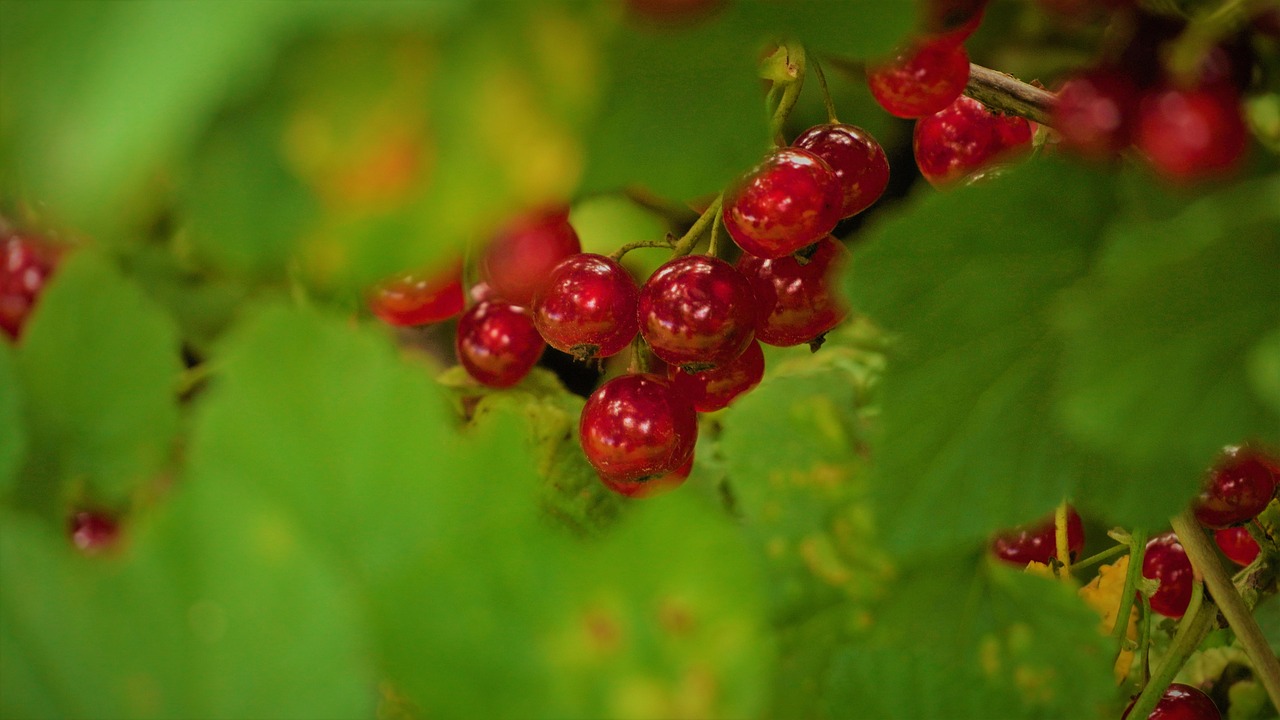The Art of Food Fermentation: From Kimchi to Sauerkraut.
Food fermentation has been practiced for thousands of years by various cultures around the world. Historians believe that the process of fermenting foods like bread, wine, and cheese dates back to ancient times. It was a crucial method for preserving food before the invention of refrigeration techniques.
In China, the process of fermenting soybeans to make soy sauce dates back to around 1600 BC. In ancient Rome, people fermented grapes to create wine, a practice that is still carried out today. Even in the Americas, indigenous tribes used fermentation to produce foods like sauerkraut and kimchi. The history of food fermentation is a testament to the innovative and resourceful ways in which humans have harnessed natural processes to enhance and preserve food.
The Science Behind Fermentation
Food fermentation is an ancient practice that relies on the metabolic activities of microorganisms to transform raw materials into flavorful and nutritious foods. During fermentation, microorganisms such as bacteria, yeast, and molds break down carbohydrates and proteins in the food source, producing organic acids, alcohols, and other compounds that give fermented foods their unique characteristics. These metabolic processes not only enhance the taste, aroma, and texture of the final product but also contribute to its preservation and shelf-life.
One key mechanism behind fermentation is anaerobic respiration, where microorganisms derive energy from the breakdown of sugars without the need for oxygen. This process generates ATP, the energy currency of cells, allowing microorganisms to grow and thrive in the absence of oxygen. By harnessing the power of anaerobic respiration, fermentation enables microorganisms to convert complex nutrients into simpler compounds that are easier to digest and assimilate, making fermented foods a valuable source of nutrients and beneficial microorganisms for human health.
What is fermentation?
Fermentation is a metabolic process that converts carbohydrates, such as sugars and starches, into alcohol or acids using microorganisms like yeast or bacteria.
How does fermentation work?
During fermentation, microorganisms break down the sugars in food, producing byproducts like carbon dioxide, alcohol, or lactic acid. This process can help preserve food and create unique flavors.
What are some common foods that undergo fermentation?
Some common fermented foods include yogurt, cheese, sauerkraut, kimchi, beer, wine, and sourdough bread.
What are the benefits of fermentation?
Fermentation can increase the shelf life of food, enhance its flavor and texture, and promote the growth of beneficial bacteria in our gut, which can improve digestion and overall health.
Is fermentation safe?
When done properly, fermentation is a safe and natural process that has been used for thousands of years to preserve food. However, it is important to follow proper fermentation techniques to prevent the growth of harmful bacteria.
Can I ferment food at home?
Yes, many people ferment food at home using simple techniques and ingredients. Just make sure to follow a trusted recipe and practice good hygiene to ensure a successful fermentation process.





